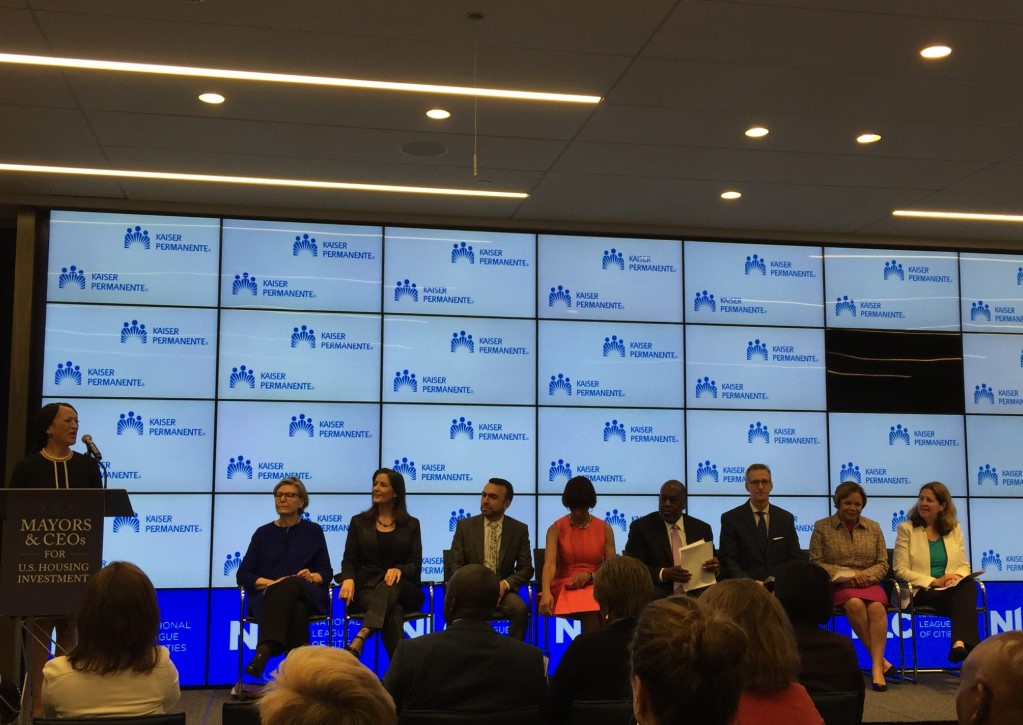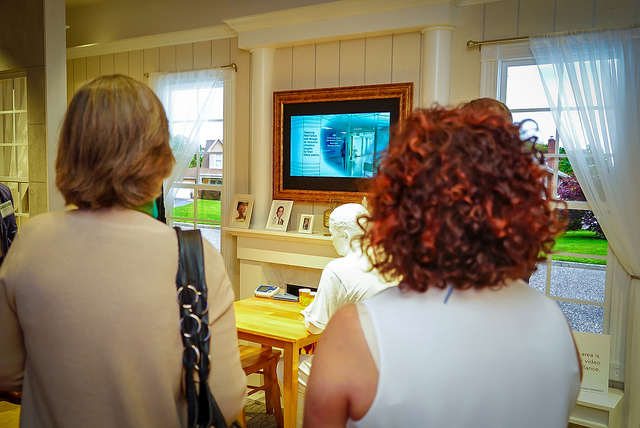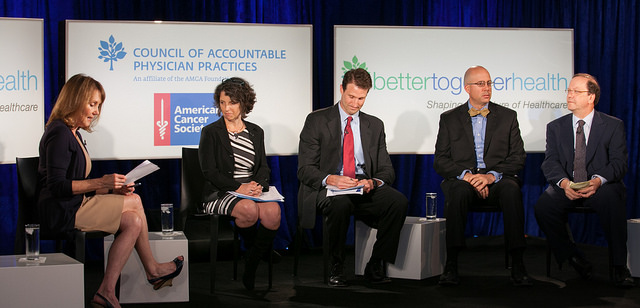According to the Office of Minority Health, Latinos have a higher rate of obesity than non-Hispanic whites. Mexican-Americans suffer disproportionately from diabetes. African-Americans are 30 percent more likely to die from heart disease than non-Hispanic white men.

Numerous studies have shown that providing culturally competent health care is key to reducing – and potentially eliminating – these health care disparities. But what happens when there aren’t enough Latino and black physicians to care for these communities?
Maia McCuiston Jackson, MD, FAAP, physician director of Multicultural Services in Kaiser Permanente’s Mid-Atlantic States region, will be giving a talk on this topic at DiversityInc’s Culturally Competent Healthcare Summit in Newark, New Jersey on Sept. 24. Dr. Jackson recently took a moment to share some thoughts on the issue.
Shana Selender:
What’s the state of the black and Latino physician shortage in the United States?
Maia McCuiston Jackson:
One of the main goals in providing culturally competent care is having a physician workforce that mirrors the population of the patients they serve. African-Americans represent 14% of the United States population and 4% of United States physicians, while Latinos represent 16% of the population and 5% of physicians in the United States. In addition, we are facing a shortage of primary care physicians in this country that is getting progressively worse.
The estimated shortage of primary care physicians is projected to exceed 46,000 by the year 2020. Minority physicians are more likely to serve in underserved areas, and we also know that African-American medical students choose primary care as a career choice more than other racial/ethnic groups. In the June 2010 Annals of Internal Medicine, an article titled “The Social Mission of Medical Education” ranked three schools – Morehouse School of Medicine, Howard University School of Medicine and Meharry Medical College, all historically black medical schools – as having the highest percentage of graduates choosing primary care as a career choice upon graduation.
Selender:
What do the numbers look like, in terms of blacks and Latinos applying to medical school?
Jackson:
The numbers of African-Americans and Latinos that are applying to medical school has actually increased over the past 30 years. However, this increase is not nearly enough to keep up with the increase in population of these groups. In 1980, there were 2,507 African-American applicants to medical school and in 2012 there were 3,304, an increase of less than 1,000. The number of Latinos applying to medical school in 1980 was 1,764 and in 2012 3,701 — an increase of almost 2,000 — however, not nearly enough to meet the needs of this growing population in the United States.
Selender:
What are some of the common reasons blacks and Latinos are drawn to study medicine?
Jackson:
What attracts African-American and Latino youth to want to pursue a career in medicine is often a life experience. The illness of a family member, death of a friend or some personal experience where they may have seen exceptional or substandard care given to someone they cared about. It is also very common for both groups to want to help the communities in which they live or those similar, which can explain why under-represented minorities are more likely to serve in under-served areas, because they feel that they can make a difference and improve the lives of those who share similar backgrounds and experiences.
Selender:
What groundwork do you think needs to be laid to make sure more minorities become interested in medicine?
Jackson:
To increase interest, the most critical piece is exposure. It needs to occur early and often. One of the best things I’ve seen in the past few years is “Doc Mcstuffins.” As a pediatrician I appreciate the fact that there is a little girl on television who looks like me sharing the importance of check-ups and being active and healthy. As an African-American who is doing her best to encourage young people to set goals and help keep them on the right path to attain them, I see Doc McStuffins as so much more. When young children see her, it sparks an interest and creates a positive impact and this is even more important for African-American children who have less exposure to medicine and fewer role models in the communities in which they live. The same can be said for the cartoon character Diego, a Latino boy whose parents are animal scientists, and as we all know Science, Technology, Engineering and Mathematics education is a national priority. While early exposure is integral to developing interest, it needs to be ongoing. Data suggests that more exposure to careers in medicine in middle and high school through mentoring, academic and extra-curricular enrichment programs may encourage more under-represented minorities to pursue careers in medicine.
Follow along with Dr. Jackson’s Sept. 24 presentation and other conference highlights on Twitter at #DIHealthcare2013.




